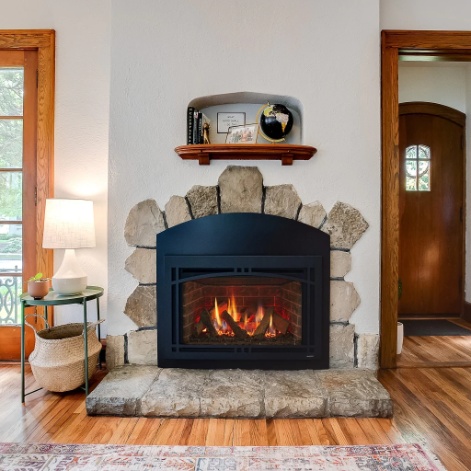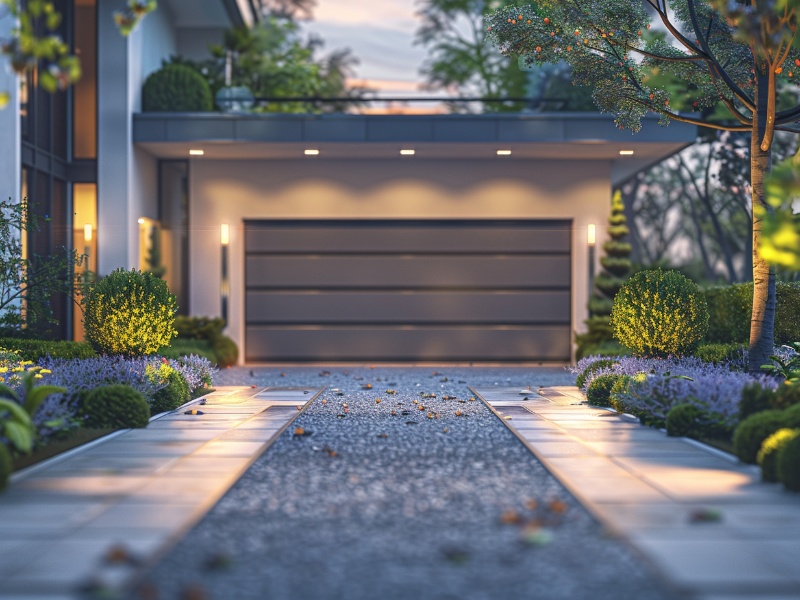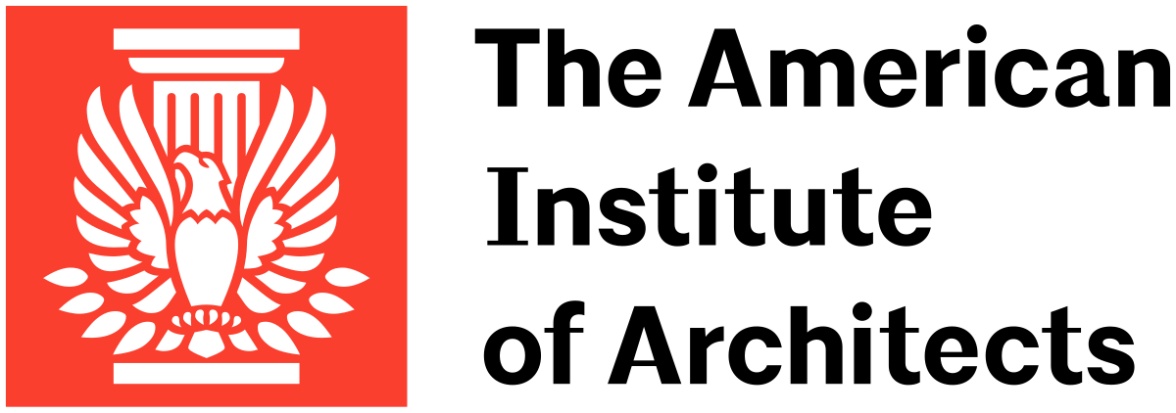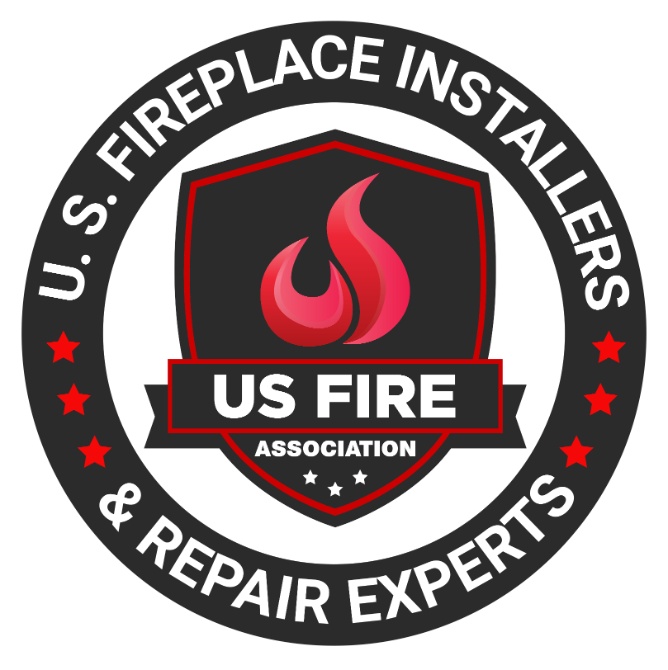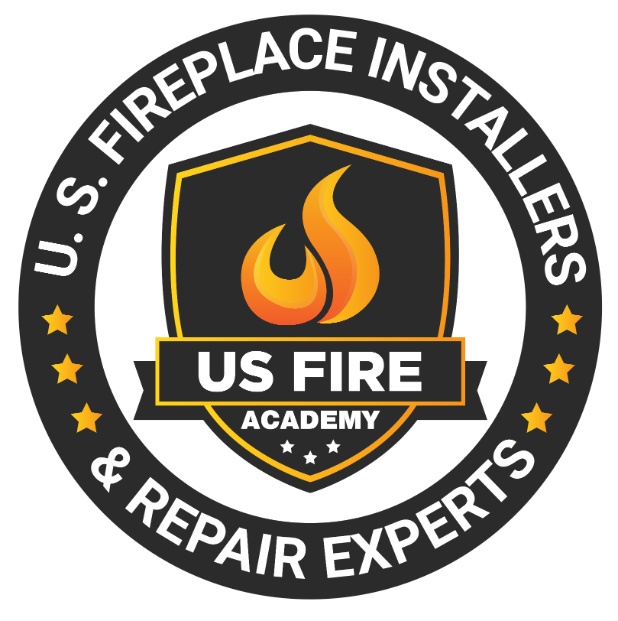Table of Contents
Is a fireplace no longer functioning as effectively as before? It may be necessary to replace some components, and this article will help you understand your fireplace parts!
This article delves into the signs that suggest fireplace parts may require replacement, typical indicators of wear and tear to monitor, and the decision-making process between handling the replacement independently or seeking professional assistance.
Furthermore, it covers various types of fireplace parts and offers a detailed guide on replacing them.
Additionally, it provides tips on maintaining fireplace parts to prolong their lifespan and enhance efficiency.
Keep reading to discover more about the maintenance and replacement of fireplace parts!
What are Fireplace Parts?
Fireplace parts encompass various components that form a fireplace, such as the mantel, hearth, chimney, flue, and damper.
Each part fulfills a critical function in the fireplace’s operation and safety.
Understanding the roles of fireplace parts is crucial for maintaining the fireplace properly and ensuring safe usage.
The mantel not only serves as a decorative element but also functions as a shelf for displaying items.
The hearth acts as a protective barrier against heat, while the chimney and flue work in tandem to safely direct smoke and gases out of the home.
The damper regulates airflow, managing the fire’s intensity.
Proper maintenance of each part is vital for the fireplace’s efficient and safe operation, underlining the importance of recognizing their individual functions.
Signs that Your Fireplace Parts Need Replacement
Recognizing the signs that indicate fireplace parts require replacement is important for maintaining a safe and efficient heating appliance.
Common issues may arise due to wear and tear or malfunctioning components.
These issues can present safety hazards, such as gas leaks or potential fire risks if not addressed promptly.
Cracks in the chimney liner or rusting in metal parts can lead to a loss of heat efficiency, increasing energy costs.
Timely replacements are important to prevent further damage to the fireplace unit and ensure its longevity.
Neglecting worn-out parts can also result in poor air quality indoors due to incomplete combustion.
Regular inspection and maintenance can help detect these indicators early on, saving from costly repairs in the long run.
Common Indicators of Wear and Tear
Recognizing common indicators of wear and tear in fireplace parts is important for proactive maintenance and timely replacements.
Signs such as rust, cracks, or unusual smells may indicate underlying issues.
These signs are often easily identified during a routine inspection.
Rust on metal components like the flue or firebox door can suggest prolonged exposure to moisture, potentially leading to corrosion.
Cracks in the firebrick lining or on the hearth can compromise the efficiency and safety of the fireplace.
If a strange odor is noticed when the fireplace is in use, it could be a sign of creosote buildup or gas leaks, which require immediate attention.
Regular inspections assist in detecting these issues early, preventing costly repairs or hazards.
Replacing Fireplace Parts: DIY or Professional?
In terms of replacing fireplace parts, the choice between a do-it-yourself (DIY) approach and hiring professional services from Dreifuss Fireplaces is dependent on factors like the complexity of the replacement, safety considerations, and individual skill level.
For individuals with a solid grasp of fireplace mechanics and a preference for hands-on projects, opting for a DIY replacement can be a satisfying and cost-effective option.
However, when repairs involve gas lines, electrical components, or intricate designs, it is crucial to seek professional assistance from Dreifuss to prevent safety hazards and ensure proper installation.
Dreifuss professionals possess the necessary expertise and tools to efficiently handle complex tasks, providing homeowners with the assurance that the job is completed correctly.
Before making a decision, it is essential to evaluate personal comfort levels, experience, and the specific requirements of the replacement.
Factors to Consider
Various factors come into play when deciding whether to replace fireplace parts using a do-it-yourself (DIY) approach or opting for professional services from Dreifuss.
Key considerations include the type of part being replaced, the complexity of the installation process, safety precautions involved, and cost-effectiveness.
Safety should be a top priority when determining whether to handle fireplace part replacements independently or enlist the help of a professional from Dreifuss. It is crucial to ensure that you possess the necessary skills, knowledge, and equipment to carry out the task safely.
Efficiency is also an important factor to consider.
While a the professionals at Dreifuss may complete the replacement more quickly, opting for a DIY approach could offer a more adaptable timeline.
It is essential to evaluate the overall cost-effectiveness, taking into account not only the initial cost but also the long-term reliability and functionality of the replaced parts.
Contact Dreifuss Fireplaces today for all of your maintenance and repair needs!
Types of Fireplace Parts
Fireplace parts include various components that are essential for the operation and safety of the heating appliance.
Understanding the different types, such as the firebox, smoke shelf, firebrick, and fire screen, is crucial for effective maintenance and troubleshooting.
The firebox is where the fire is built and contained, playing a vital role in ensuring proper combustion and heat distribution.
A smoke shelf is designed to prevent downdrafts and direct smoke away from the room, improving safety and indoor air quality.
Firebricks, typically made from refractory materials, line the firebox to withstand high temperatures and protect the fireplace structure.
A fire screen serves as a protective barrier, preventing sparks and embers from escaping the firebox and creating fire hazards.
Overview of Different Components
An understanding of the various components that constitute a fireplace is important for homeowners seeking to maintain or upgrade their heating appliance.
Components such as the gas valve, pilot light, and burner assembly have significant roles in the fireplace’s operation.
The gas valve is in charge of controlling the gas flow into the fireplace, managing the flame’s strength, and ensuring safety.
The pilot light is responsible for igniting the gas when the fireplace is switched on, acting as the initial fire source.
The burner assembly distributes the gas uniformly, facilitating a consistent and efficient burning process.
These components collaborate to provide warmth and ambiance to a home.
Understanding the functions of each part is crucial for addressing any issues that may arise and making informed choices regarding maintenance or upgrades to optimize fireplace performance.
How to Replace Fireplace Parts
When replacing fireplace parts, it is important to follow a systematic approach for safety and efficiency.
Utilizing a step-by-step guide can help individuals understand the process and successfully complete the replacement.
To begin, gather all the necessary tools before commencing the replacement process.
Basic tools required may include a screwdriver, pliers, and potentially a socket wrench, depending on the fireplace model.
Prioritize safety measures by ensuring the fireplace is completely cooled down before proceeding with the replacement.
Consult the manufacturer’s instructions or manual to identify the specific part that requires replacement.
Disassemble the surround and interior components with care, making note of the position of each part. Verify that the new replacement part aligns with the old one.
Follow the manufacturer’s installation recommendations closely to guarantee proper functionality and safety.
Step-by-Step Guide
To efficiently and safely replace fireplace parts, it is important to follow these step-by-step instructions.
Whether replacing a gas valve, thermocouple, or blower, proper guidance is crucial for successful installation.
- Start by ensuring all power sources to the fireplace are switched off to prevent accidents during the replacement process. Carefully remove the outer casing of the fireplace to access the internal components.
- When handling the gas valve, use appropriate tools and be cautious to avoid gas leaks.
- When replacing the thermocouple, ensure proper alignment according to the manufacturer’s instructions.
- Clean any dust or debris from the blower before installing the new one.
- Double-check all connections and fittings before reassembling the fireplace for safe operation.
Maintaining Your Fireplace Parts
Regular maintenance of fireplace parts is essential for ensuring optimal performance and safety.
Inspection, troubleshooting, and timely repairs are vital to prolonging the lifespan of fireplace components.
To maintain efficiency and safety standards, it is advisable to schedule regular inspections of fireplace parts.
During these inspections, look out for any signs of wear and tear, such as cracks in the firebricks or damaged seals.
Troubleshooting common issues like uneven burning or difficulty starting a fire promptly can help prevent more significant problems later on.
Implementing preventive measures, such as regular chimney cleaning and using quality fuel, can also contribute to the longevity of your heating appliance.
Tips for Extending Lifespan and Efficiency
For optimal performance and durability of fireplace parts, it is recommended to follow these expert tips.
Regular cleaning, ensuring proper ventilation, and observing safety precautions can significantly enhance the efficiency and lifespan of your heating appliance.
Keeping the fireplace clean is crucial to prevent the accumulation of creosote, which can pose a risk of chimney fires.
It is advised to use a chimney brush to sweep the flue at least once a year, or more frequently if the fireplace is in regular use.
Checking for blockages in the chimney is important to ensure proper venting of the fireplace.
Installing carbon monoxide detectors near the fireplace area is also a vital safety measure to safeguard your household from this odorless gas.
Safety should always be a top priority when it comes to maintaining a fireplace.
Frequently Asked Questions
1. What are some signs that it’s time to replace my fireplace parts?
Some common signs that it’s time to replace your fireplace parts include a decrease in efficiency, difficulty starting or maintaining a fire, visible signs of wear and tear, and strange noises coming from your fireplace.
2. How often should I replace my fireplace parts?
The frequency of replacing fireplace parts will depend on several factors such as usage, maintenance, and the quality of the parts. Generally, it’s recommended to have a professional inspection every 2-3 years and replace parts as needed.
3. Can I replace my fireplace parts myself?
It’s not recommended to replace fireplace parts yourself unless you have experience and knowledge in fireplace maintenance and repair. It’s best to hire a professional to ensure safe and proper installation.
4. What are the most important fireplace parts to replace?
The most important fireplace parts to replace are the firebox, damper, and flue. These parts are responsible for containing the fire, regulating air flow, and venting out smoke and gases.
5. How can I prolong the life of my fireplace parts?
Regular cleaning and maintenance can help prolong the life of your fireplace parts. It’s also important to use high-quality, compatible parts and to follow manufacturer’s guidelines for usage and maintenance.
6. Do I need to replace all parts at once?
No, not all parts need to be replaced at once unless there is significant damage or wear and tear. It’s best to consult with a professional for an inspection and replacement recommendations.
Latest Articles

What Is An NG (Natural Gas) Indicator And Why You Need It For Your Fireplace
Table of Contents1 Understanding Natural Gas Fireplaces2 What is an NG Indicator?3 Importance of NG Indicators for Safety4 Types of NG Indicators5 Installation and Maintenance of NG Indicators6 Signs of a Faulty NG Indicator7 Frequently Asked Questions Natural gas fireplaces are a favored option among numerous homeowners due to their convenience and effectiveness. But, what is an NG (Natural Gas) indicator and why you need it for your fireplace? It is imperative to comprehend how they function and the significance of having an NG (Natural Gas) indicator for safety purposes. This article delves into the definition and significance of NG indicators. We will discuss the potential hazards associated with the absence of one and the various types of indicators accessible. Also, we will discuss installation and maintenance recommendations, and methods to recognize and rectify issues with malfunctioning indicators. Stay well-informed and ensure the safety of your home by referring to this exhaustive guide. Understanding Natural Gas Fireplaces Natural gas fireplaces serve as an efficient and convenient heating option for numerous households. They utilize natural gas as a fuel source to deliver consistent warmth and ambiance. How They Work and Why They Need NG Indicators The operation of natural gas fireplaces involves igniting natural gas to generate heat. This process requires diligent monitoring to ensure both safety and efficiency, a task facilitated by the use of NG indicators. NG indicators play a critical role in detecting potential gas leaks. They enable residents to promptly address and mitigate any associated hazards. Through continuous monitoring of gas levels and providing timely warnings and alerts, NG indicators uphold a secure indoor environment. It is imperative to ensure that these indicators function properly to facilitate the effective operation of natural gas fireplaces. This helps mitigate the inherent risks linked to gas leaks. What is an NG Indicator? An NG indicator is a specialized device equipped with advanced sensors and technology. It is specifically designed to detect natural gas leaks and monitor gas pressure in appliances, such as fireplaces. Definition and Purpose The NG indicator functions as a detector that monitors gas appliances for potential leaks. It provides essential functionality to ensure safety in households utilizing natural gas. These detectors play a crucial role in protecting residences by notifying occupants of dangerous gas leaks long before they escalate into perilous situations. Through continuous monitoring of gas levels in the vicinity, NG indicators offer an additional layer of protection. This is particularly important in properties that rely on gas-operated fireplaces or stoves. These devices not only help avert potential disasters but also enhance the overall peace of mind of homeowners. They assure them that their living spaces are equipped with reliable safety features. Importance of NG Indicators for Safety Natural gas indicators are essential for maintaining safety in households equipped with natural gas appliances. These devices serve as a proactive measure to promptly detect gas leaks. This offers homeowners a sense of security and assurance. Potential Dangers of Not Having an NG Indicator The absence of an NG indicator in residences equipped with natural gas appliances can pose significant hazards. This includes the risk of undetected gas leaks , carbon monoxide poisoning , and pilot outages that may lead to dangerous situations. These potential risks can profoundly impact indoor air quality. They directly influence the health and safety of individuals residing in the household. Undetected gas leaks can go unnoticed, gradually permeating the air and creating a potentially explosive environment. Insufficient ventilation from undetected exposure to carbon monoxide can lead to serious health complications. These range from mild symptoms such as dizziness to fatal poisoning. Without proper monitoring from an NG indicator, families are left susceptible to these concealed threats. This underscores the critical importance of implementing proactive measures to mitigate such risks. Types of NG Indicators Indicators for Natural Gas (NG) are available in diverse types. Each presents distinct detection capabilities tailored to specific requirements, encompassing both manual and automated alternatives. Manual vs. Automatic Indicators Manual NG indicators require user intervention for monitoring gas levels and identifying leaks. On the other hand, automatic indicators employ sophisticated technology to deliver continuous, real-time monitoring. This heightened efficiency and oversight enhance safety protocols. Conventional manual indicators rely on individuals to physically inspect and evaluate gas levels periodically. This renders them more susceptible to human errors. Conversely, automatic indicators feature sensors capable of promptly detecting even the most minute fluctuations in gas levels. This establishes a more dependable and precise monitoring mechanism. Automatic indicators can activate alerts and shut-off systems upon detecting a leak. This ensures immediate action to avert potential hazards. This advanced technology enhances safety protocols and instills a sense of command and assurance among users. Installation and Maintenance of NG Indicators The reliable and accurate performance of NG indicators necessitates proper installation and consistent maintenance. This often entails professional installation and adherence to recommended service guidelines. Proper Installation and Regular Maintenance Tips The proper installation of NG indicators involves adhering to the specifications in the user manual. Maintenance protocols entail strict adherence to a predetermined maintenance schedule to ensure sustained operational efficiency. During the installation phase, it is imperative to verify that the NG indicators are securely affixed in the designated location as stipulated by the manufacturer. Crucial steps include confirming power source compatibility and ensuring proper grounding of the device to optimize performance. Calibration of the indicator must be executed meticulously to ensure precise readings. Regarding maintenance, essential practices include regular inspection for signs of wear, thorough cleaning of the indicator components, and routine functionality tests. By allocating time to a consistent maintenance regimen, the NG indicator can operate with optimal efficiency over an extended duration. Signs of a Faulty NG Indicator Recognizing indicators of a malfunctioning NG indicator is essential for upholding safety and performance standards. Inaccuracies and detection issues can undermine the efficacy of these devices. Identifying and Addressing Issues The process of identifying and addressing issues related to NG (natural gas) indicators requires a systematic troubleshooting approach. This ensures their optimal performance

What You Need To Know About Gas Log Set Safety And Installation Considerations
Table of Contents1 Understanding Gas Log Sets2 Safety Considerations for Gas Log Sets3 Installation Guidelines for Gas Log Sets4 Maintaining and Troubleshooting Gas Log Sets5 Frequently Asked Questions Gas log sets are a favored option among homeowners seeking to enjoy the comfort and atmosphere of a conventional fireplace without the inconvenience of wood. This article tells you what you need to know about gas log set safety and installation considerations. Before incorporating one into your residence, it is imperative to understand the safety considerations associated with their use. This discussion delves into the potential hazards linked with gas log sets. It presents crucial precautions to uphold the safety of your home. Also, it outlines proper installation procedures and offers insight into common errors to avoid. Finally, it provides advice on maintenance and troubleshooting. Gain comprehensive knowledge on gas log set safety and installation considerations. Understanding Gas Log Sets Comprehending gas log sets is essential for individuals seeking to elevate their fireplace experience, and for gas lag set safety and installation. These heating appliances can operate on either natural gas or propane. In addition, they are available in a range of styles, including vented, ventless, and vent-free options. They provide an array of benefits and customization opportunities through various fireplace accessories. What are Gas Log Sets? Gas log sets are meticulously crafted artificial logs. They are designed to imitate the appearance and functionality of authentic wood logs within fireplaces. These gas log sets typically consist of ceramic or refractory concrete logs that have been skillfully molded and painted. This allows them to replicate the natural grain and texture of real wood. The logs are arranged in various configurations within the fireplace. They establish a realistic and welcoming ambiance. In addition to the logs, gas log sets often include fireplace accessories such as glowing embers. Accessories also include decorative stones, and even pine cones to enhance the overall aesthetic appeal. Homeowners can select from an array of placement options. These include traditional wood stack, cascading driftwood, or a contemporary geometric arrangement. Homeowners can align their preferred style and design preferences. Safety Considerations for Gas Log Sets Safety considerations for gas log sets are of utmost importance to guarantee a secure and pleasant fireplace experience. It is essential to address potential hazards such as carbon monoxide exposure, gas leaks, and fire safety to maintain a safe environment for homeowners. Potential Hazards and Precautions Gas log sets come with potential hazards that must be taken seriously, including the risks of gas leaks, carbon monoxide poisoning, and fire incidents. It is imperative to establish and adhere to rigorous safety measures to ensure the well-being of individuals and properties involved in the use of gas log sets. Gas leaks represent a significant hazard when utilizing gas log sets. They can result in the accumulation of combustible gas within the premises, heightening the possibility of explosions or fires. Carbon monoxide, an insidious gas generated during incomplete combustion, poses a grave threat due to its colorless and odorless nature, making it undetectable without proper monitoring. To address these risks effectively, it is vital to install carbon monoxide detectors and gas leak sensors in the vicinity of the gas logs. Routine maintenance checks on the gas log system, including cleaning and inspection procedures, are critical to ensure safe operations and the prompt identification of potential issues. In case of a gas leak or suspected presence of carbon monoxide, immediate evacuation of the affected area is paramount, followed by prompt contact with emergency services. Recognizing the distinct odor of rotten eggs associated with natural gas can serve as an early warning sign, prompting swift actions to avert any potential accidents. Installation Guidelines for Gas Log Sets The installation of a gas log set necessitates meticulous planning and strict adherence to specific guidelines. This includes verifying a secure gas connection, ensuring proper gas lines are in place, and complying with local building codes. Often, the complexity of these requirements may require the expertise of a certified technician. Proper Installation Techniques The appropriate installation procedures for gas log sets involve the secure connection of gas lines, meticulous adherence to installation manuals, and strict compliance with local building codes. It is imperative to prioritize the guarantee of secure gas connections to avert leaks and potential safety hazards. During the installation of gas log sets, utilizing suitable sealants and fittings is essential to establish a tightly sealed connection. The correct installation of gas lines is critical for both the safety and operational efficacy of the gas log set. Reference to the installation manual is highly advisable for detailed, step-by-step guidance to prevent inaccuracies and ensure the successful establishment of the gas log set. Consistently adhering to building codes and regulations upholds safety standards. Seeking guidance and confirmation from a certified technician before and after installation can offer invaluable support and assurance throughout the process. Common Installation Mistakes to Avoid It is imperative to avoid common installation errors to ensure the secure and effective operation of gas log sets. This includes verifying proper gas connections and compliance with building codes. Improper gas connections can result in leaks and potential hazards, underscoring the importance of verifying the tightness and correct alignment of all fittings. Failure to adhere to building codes can lead to structural complications, penalties for non-compliance, or even safety concerns. To prevent these oversights, it is advised to consult the manufacturer’s installation guidelines and strictly adhere to local regulations. Engaging a certified technician for the installation of gas log sets guarantees that the procedure is carried out accurately and securely. This provides assurance that the system is functioning as intended. Maintaining and Troubleshooting Gas Log Sets Regular maintenance and troubleshooting of gas log sets are imperative to uphold their optimal performance and safety. This includes thorough examination of the pilot light, pilot assembly, and other gas appliances to preserve heating efficiency and promptly resolve any arising issues. Tips for Maintenance and Repair Ensuring the proper maintenance of your gas log set necessitates conducting

Key Considerations For Using Compressed Liquid Propane In Fireplace Installation
Table of Contents1 What is Compressed Liquid Propane?2 Benefits of Using Compressed Liquid Propane in Fireplaces3 Safety Precautions for Installing Compressed Liquid Propane Fireplaces4 Installation Process for Compressed Liquid Propane Fireplaces5 Maintenance and Care for Compressed Liquid Propane Fireplaces6 Alternative Fuel Options for Fireplaces7 Frequently Asked Questions If you are contemplating the use of compressed liquid propane in your fireplace installation, this discussion will delve into the advantages of adopting this alternative fuel option. These benefits include enhanced efficiency, cost savings, and important safety precautions to consider. Furthermore, a detailed step-by-step guide on the installation process will be provided, along with recommendations for maintenance and care. A comparison of various fuel options for fireplaces will also be conducted to assist you in making an informed decision. We encourage you to stay engaged to gain insights into optimizing your fireplace’s capabilities with compressed liquid propane. What is Compressed Liquid Propane? Compressed Liquid Propane is a versatile energy source contained in a high-pressure propane tank. It finds extensive utility in both residential and commercial settings, prominently including fireplaces. Recognized for its convenience and efficiency, Compressed Liquid Propane emerges as a favored option for heating residential spaces and facilitating culinary pursuits across various environments. Additionally, it serves as a viable fuel substitute in vehicular contexts, portable cooktops, and outdoor grilling scenarios due to its propensity for clean combustion. The attribute of portability, coupled with ease of storage, positions Compressed Liquid Propane as an optimal energy source for individuals residing off the conventional grid. It is also great for engaging in outdoor activities such as camping and recreational vehicle (RV) travel. Moreover, the high energy density inherent to Compressed Liquid Propane renders it a dependable choice for sustaining generators during instances of power disruptions. Benefits of Using Compressed Liquid Propane in Fireplaces Utilizing Compressed Liquid Propane for fireplace installation presents several benefits. These include enhanced fuel efficiency, convenience, cost-effectiveness, and a favorable environmental footprint. These attributes render it a recommended option for heating solutions, applicable to both on-grid and off-grid settings. Efficiency and Cost Savings The utilization of Compressed Liquid Propane in fireplaces offers significant advantages, notably in terms of high fuel efficiency and cost-effectiveness. These attributes are underscored by the exceptional BTU rating and overall heating efficiency of Compressed Liquid Propane. The elevated fuel efficiency exhibited by Compressed Liquid Propane fireplaces necessitates less fuel to generate the same level of heat compared to traditional wood-burning fireplaces or electric heating systems. Consequently, homeowners can realize cost savings on their heating expenditures over an extended period. Moreover, the clean-burning characteristics of propane minimize maintenance costs linked to soot and ash cleanup. This further enhances the cost-effectiveness of employing propane fireplaces. Safety Precautions for Installing Compressed Liquid Propane Fireplaces Ensuring safety is of utmost importance during the installation of Compressed Liquid Propane fireplaces. This requires strict adherence to safety regulations, meticulous attention to proper ventilation requirements, careful control of ignition sources, and the incorporation of carbon monoxide and gas leak detection systems. Important Safety Measures Essential safety protocols for the installation of Compressed Liquid Propane fireplaces encompass adherence to fire safety regulations. Engaging in professional assessments and employing sophisticated gas leak and carbon monoxide detection mechanisms is crucial. Professional evaluations play a critical role in identifying any prospective hazards or irregularities within the fireplace infrastructure. These assessments are vital in ensuring the operational integrity of all components and compliance with safety protocols. Routine inspections serve to forestall potential fire incidents, gas discharges, or carbon monoxide emissions that could pose significant threats to both the property and individuals in the vicinity. The utilization of advanced gas leak and carbon monoxide detection systems serves as an additional safeguard by promptly notifying occupants of any elevated levels of these hazardous gases. Installation Process for Compressed Liquid Propane Fireplaces The installation procedure for Compressed Liquid Propane fireplaces encompasses several critical steps. These include: Adhering to installation guidelines Correctly positioning the propane tank Ensuring precise gas line installation Optimizing heat output Monitoring pressure regulation Establishing the pilot light Step-by-Step Guide The installation process of Compressed Liquid Propane fireplaces involves a systematic approach. This begins with the construction of the firebox, followed by the installation of the gas control valve, setup of the ignition system, design of the flue, and verification of a suitable combustion air supply. The construction of the firebox assumes critical importance as it serves as the foundation of the fireplace structure. It securely holds the combustible materials in place. Subsequently, the gas control valve plays a key role in managing the propane flow, guaranteeing safe and efficient operation. The installation of the ignition system facilitates convenient and reliable fire initiation. Designing the flue is a necessary step to direct exhaust gases outside, thus preventing their accumulation indoors. Moreover, ensuring a proper combustion air supply is essential to sustain optimal burning conditions and enhance fuel consumption efficiency. Each component contributes significantly to the functionality and safety of the fireplace installation process. This underscores the importance of meticulous attention to detail and adherence to established protocols. Maintenance and Care for Compressed Liquid Propane Fireplaces Consistent maintenance and attention to Compressed Liquid Propane fireplaces are imperative to guarantee their optimal functionality. This includes adherence to prescribed maintenance protocols, regular chimney upkeep, prevention of soot accumulation, and scheduling of routine propane deliveries and professional inspections. Tips for Keeping Your Fireplace in Good Condition For the maintenance of your Compressed Liquid Propane fireplace, it is essential to conduct regular checks on ignition sources. Monitor flame appearance, clean the gas burner and pilot assembly, and verify the correct operation of the safety shut-off valve. The inspection of ignition sources requires a detailed examination of the electronic igniter. This helps identify any signs of damage or corrosion and ensures proper sparking upon activation. Monitoring flame appearance involves observing a consistent blue flame with minimal flickering, which signifies efficient combustion. Cleaning the gas burner and pilot assembly can be performed using a soft brush or compressed air to eliminate any dirt or debris that may
